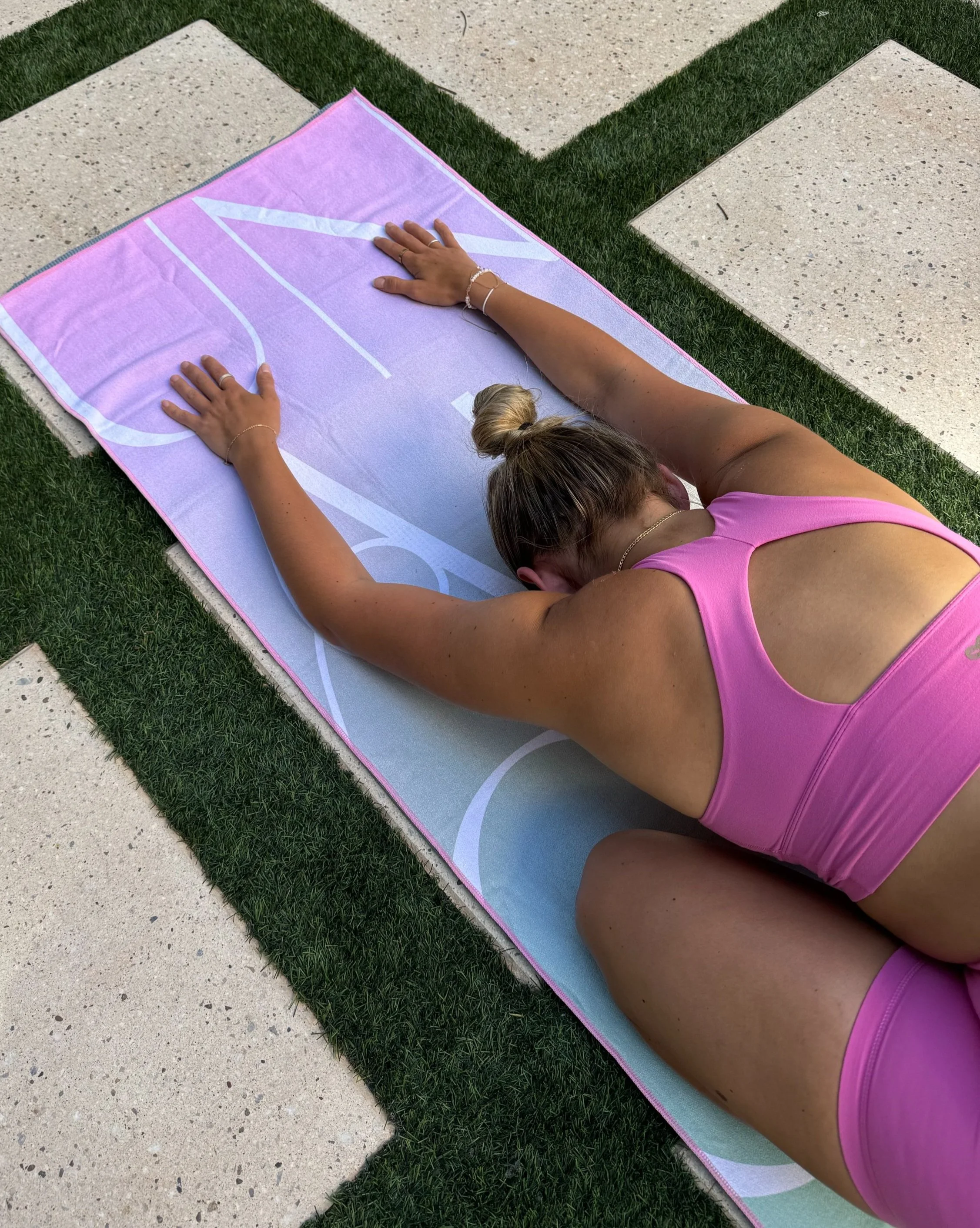Why We Should All Be Doing Pelvic Floor Exercises
When you hear pelvic floor exercise, I feel like 9 times out of 10 it’s associated with pregnant or postpartum women. It's often used in the context of preparing for birth or recovering after. But pelvic floor exercises can actually be beneficial for both men and women as they just target slightly different issues depending on anatomy.
What is the pelvic floor?
The pelvic floor is a group of muscles that sit like a hammock at the base of your pelvis, including the puborectalis, pubococcygeus, iliococcygeus, and coccygeus. These muscles help support your bladder, bowel, and (in women) the uterus.
Pelvic floor muscle exercises, also called PFME or Kegels, are designed to help these muscles get stronger, work for longer, relax properly, and respond when needed. Doing them regularly can help prevent leaks, improve bladder and bowel control, and reduce that sudden need to rush to the toilet.
When should I start doing pelvic floor exercises?
Honestly, it won’t hurt to include them in your routine at any age. These muscles can get weaker over time just like any other part of your body. Things like ageing, pregnancy, childbirth, high impact sports, heavy lifting, sitting for long periods, regular straining, or even persistent coughing can put extra stress on them.
That’s why even if you don’t have any current symptoms, it’s worth doing them now to stay strong and avoid problems later.
What are some pelvic floor exercises I can do?
DISCLAIMER: I’m not a physiotherapist or a doctor, so if you’re experiencing symptoms linked to pelvic floor issues, it’s really important to speak to a healthcare professional.
That said, here are two helpful NHS resources that walk you through how to do pelvic floor exercises properly. They differ slightly depending on your anatomy, so make sure you click the one that’s relevant to you:
Men: https://www.uhsussex.nhs.uk/resources/male-pelvic-floor-exercises/#pelvic-floor-exercises
Overall, I think pelvic floor health isn’t talked about enough. Call it taboo if you want, but it’s something we all have and something we should definitely normalise more.
Would love to hear your thoughts, leave a comment below!
All the best,
Annie 😊
References
Sheng, Y. et al. (2022) ‘Mechanisms of pelvic floor muscle training for managing urinary incontinence in women: a scoping review’, BMC Women’s Health, 22(1). Available at: https://doi.org/10.1186/s12905-022-01742-w.
Sheng, Y. et al. (2022) ‘Mechanisms of pelvic floor muscle training for managing urinary incontinence in women: a scoping review’, BMC Women’s Health, 22(1). Available at: https://doi.org/10.1186/s12905-022-01742-w.
Cho, S. T., & Kim, K. H. (2021). Pelvic floor muscle exercise and training for coping with urinary incontinence. Journal of Exercise Rehabilitation, 17(6), 379–387. https://doi.org/10.12965/jer.2142666.333
Milios, J.E., Ackland, T.R. and Green, D.J. (2019) ‘Pelvic floor muscle training in radical prostatectomy: a randomized controlled trial of the impacts on pelvic floor muscle function and urinary incontinence’, BMC Urology, 19(1). Available at: https://doi.org/10.1186/s12894-019-0546-5.
